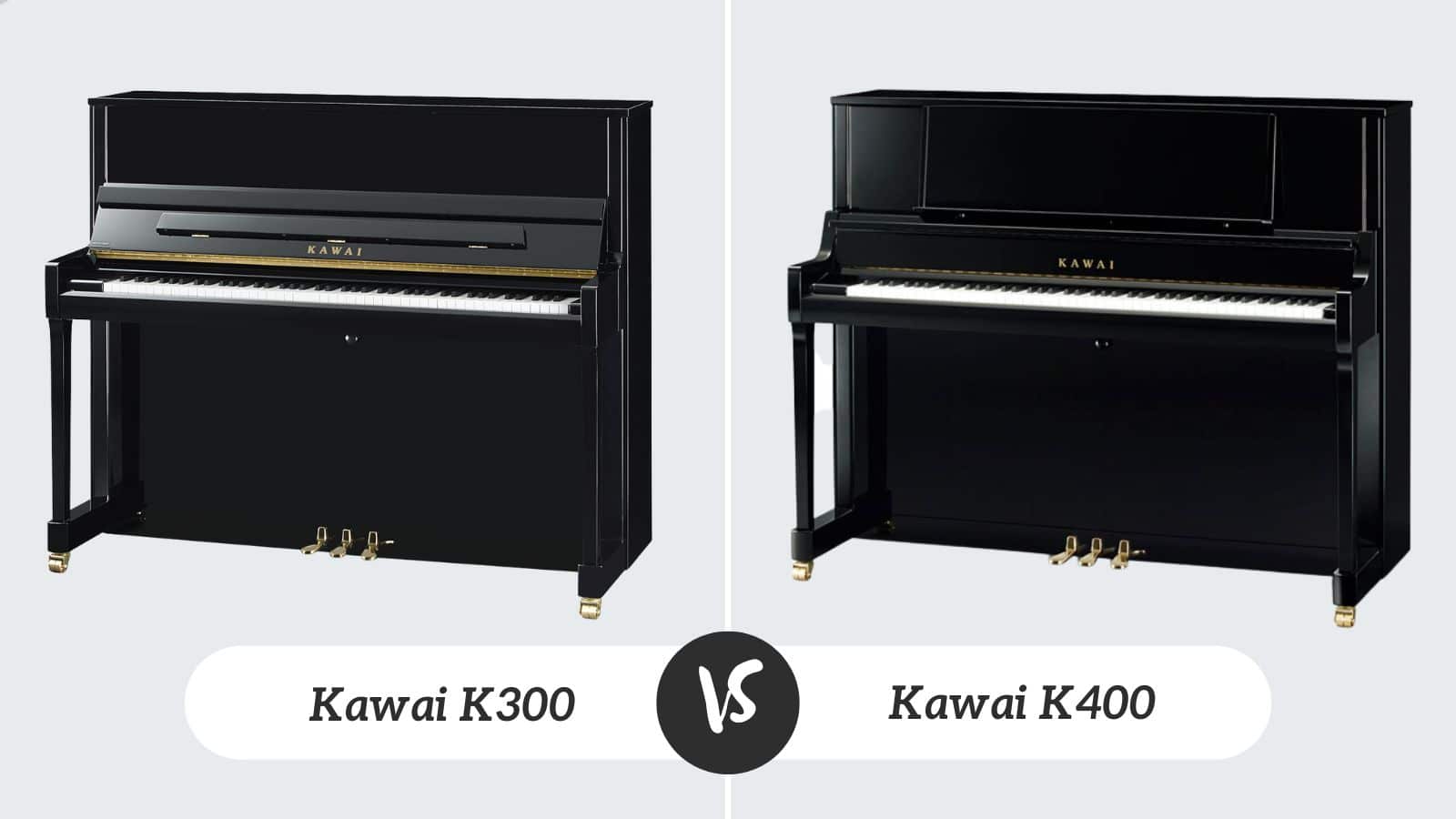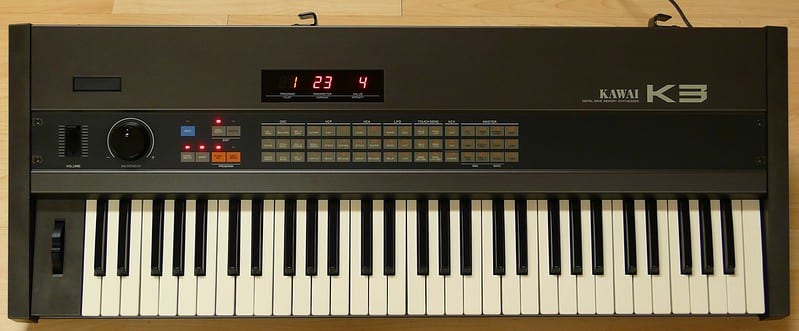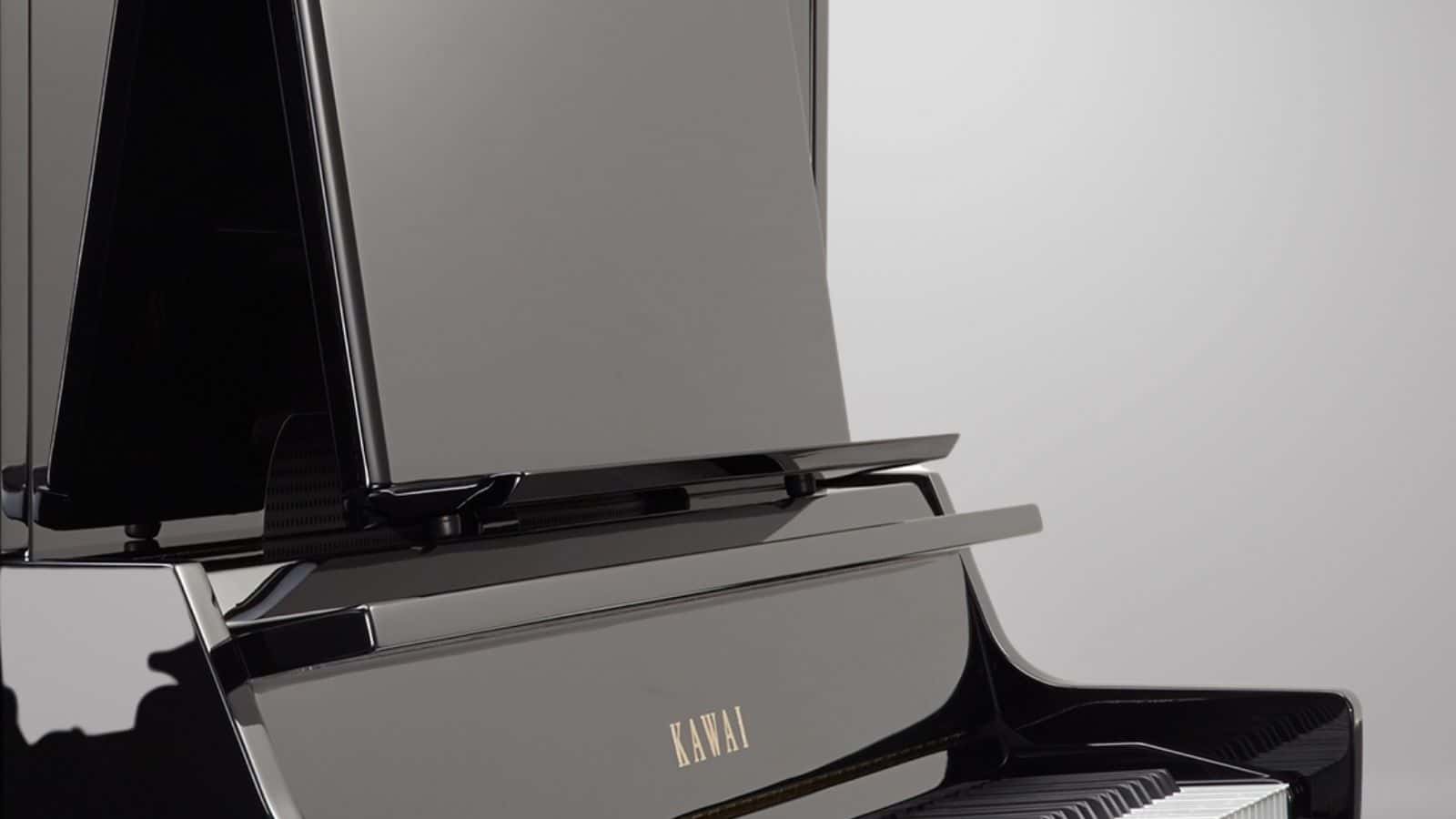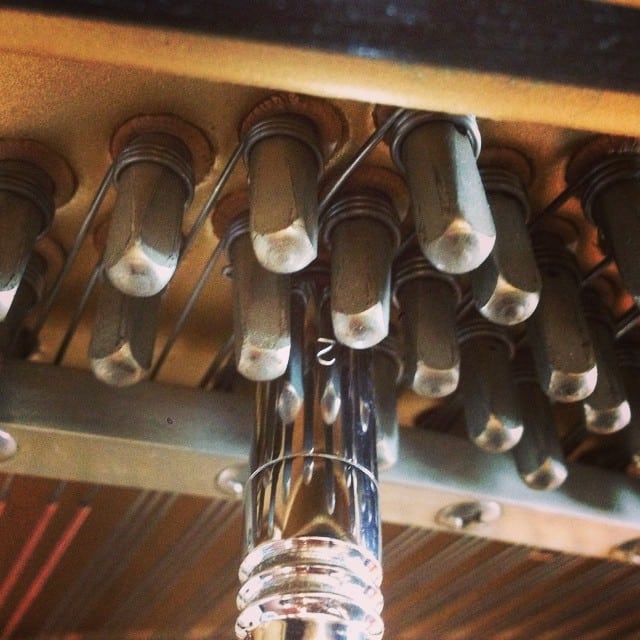Whether you are a devotee of the Kawai brand or someone whose preferences and tastes reside elsewhere, it is almost impossible not to hold some respect and even admiration for the Kawai piano.
They are a piano manufacturer who has tirelessly striven to improve their pianos, embracing new technologies and forging a remarkably successful path through the maze of competition.
Kawai began in 1927 with their founder Koichi Kawai, where they soon established themselves as a manufacturer of quality pianos and industrial innovators.
One of the phrases they have emblazoned on their website resonates with me and my understanding of Kawai’s focus: “Some companies follow trends, others create them.”
If you research the history of Kawai you will quickly discocer the substance of this statement. As a company, they emerged out of a piano industry that was in decline.
The Japanese piano industry had all but collapsed in the early part of the 20th Century and it is here that Koichi Kawai ceased his chance to demonstrate his innovation and determination.
By the mid-part of the 1950s, Kawai had flourished into a company employing over 500 workers producing in the region of 1500 every year.
At this stage, the Emperor of Japan recognised this tremendous achievement by awarding Kawai the “Blue Ribbon Medal”; a highly prized accolade.
The ‘K’ series developed and manufactured by Kawai is an award-winning collection of pianos.
For four years running, the Kawai K3 has won ‘best acoustic upright piano’ and this is the important background against which we centre our focus on the K300 and K400 pianos.
As a point of note, the K series of uprights extend from the smaller, less expensive K15 (ATX3L) through to the top of the range K800 (AS). The K300 and K400, therefore, are in the middle of this series of instruments.
Kawai K300 vs Kawai K400 Piano
One of the key attributes of the K series Kawai pianos is their size. For example, both the K300 and the K400 are 122cm in height whereas the K800 is 134cm.
It may not sound like much of a difference, but it can make all the difference when it comes to sound quality and of course, space where you intend for the instrument to reside.
The good news in respect of the two pianos in focus is that their sizes are the same with a minor difference in weight.
On a slightly more unusual side, the other key difference between the two instruments is that the K400 (like the K600), can include a ‘grand-style music rack’.
This is a useful feature if you are working from or playing from large scores or oversize music as it offers a solid surface for these unlike traditional music stands on pianos.
A further consideration in comparing these pianos is the claim that the K300 is made in Indonesia, whereas the K400 manufactured in Japan.
From the literature currently available on the Kawai website and in dealer documentation, this claim cannot easily be supported and may not even matter to you as a player
What does seem apparent is that the K300 may be manufactured in Indonesia for some markets but not others and is quite difficult to be certain of.
On a detailed comparison, it is almost impossible to determine significant differences between these two models from the ‘K Series’.
The price is certainly quite different with the K300 averaging £5000 ($7000) and the K400 closer to £6500 ($9000).
From reviews I have unearthed through to the Kawai documentation, it is a major challenge uncovering why there is such a big price hike from one model to the other. It seems wholly unreasonable to assume a larger music stand can justify the price difference.
As previously mentioned, the dimensions of both pianos are identical. The soundboards are made of solid, tapered spruce (as they are for all the ‘K Series’ pianos), and the material for the keywork is acrylic/phenol.
Both pianos have double front casters although the K300 does have more options for finishes. These include Ebony Polish and Satin, Mahogany Polish and Satin and the less usual White Polish.
All the finishes on these pianos look highly professional and give the firm impression of an instrument of substantial-quality and elegance.
Both the K300 and the K400 have the famous Kawai ‘Millennium III Upright Action’ that make full use of carbon fibre technology.
The advantages are that the material is not only extremely durable but it is also very light. Additionally, Kawai claims that this action means greater control for the player and considerably faster action.
There is a ‘Duel-Beam’ aluminium hammer rail that all pianos in the ‘K Series’ enjoy bringing strength and stability to the instruments.
Mahogany wood forms the ‘core’ of the pianos with what Kawai describe as ‘T-Stapled, double felted’ hammers.
This helps the hammers maintain their essential shape and when coupled with an additional layer of underfelt, contribute significantly to the timbre of the piano.
To show the Kawai attention to detail even the tuning pins are extremely high quality. These vital components are made only from the best available steel and ‘machine threaded for “maximum bi-directional torque”.
In other words, these pins are hard-wearing and only move when they need to.
Another interesting element in the design and build of these pianos is the ‘Energy-Reflecting Contour Bars’. This exciting feature aims to ‘resemble’ the soundboard of a grand piano to create a more powerful tone and sustain.
Whether you feel, on playing a K300/400, this is the case is another matter, but this is a major selling point for the ‘K Series’.
As the K300 and K400 fall into the mid-range of the ‘K Series’ catalogue, they are pianos intended for pianists who are not just starting, but reasonably experienced and in a position to appreciate the qualities of the instrument.
That said, if budget permitted, they would both make excellent pianos for the beginner. Both of these pianos are built to extremely high standards, look great and are a pleasure to play
They will almost certainly retain their value and are constructed from materials that reflect contemporary technological possibilities.
Of course, it is the sound that is key when selecting a piano but there is almost nothing to choose between the K300 and the K400 although each instrument can vary.




